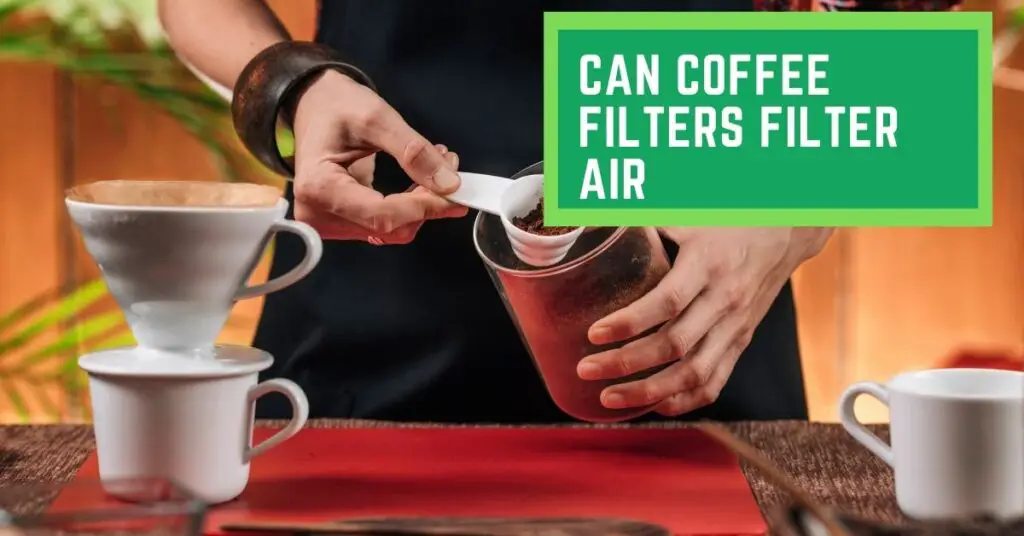Coffee cupping is a practice that coffee professionals have used for many years to evaluate and compare different coffee beans.
This sensory evaluation technique is widely used by coffee roasters, importers, and farmers to assess the quality of coffee, identify flaws, and make informed decisions about the beans they buy and sell.
In this blog post, we will explore what coffee cupping is, why it is important, and how it is performed.
What Is Coffee Cupping?

Coffee cupping is the practice of evaluating the aroma and taste of different coffee beans in a standardized manner to identify strengths and weaknesses.
It involves the preparation of a coffee sample, which is then tasted by a group of people, often referred to as the cuppers or tasters.
This group evaluates the coffee’s fragrance, aroma, acidity, body, flavor, and aftertaste.
The result of this evaluation is a set of descriptive terms that help to identify the quality of the coffee beans.
Why Is Coffee Cupping Important?
Coffee cupping is essential for several reasons.
Firstly, it enables coffee professionals to evaluate and compare coffee beans from various regions or countries.
This analysis helps them identify the coffee beans’ origin, quality, and characteristics.
Secondly, coffee cupping is essential for detecting defects or inconsistencies in the coffee beans.
This analysis helps reduce the risk of purchasing inferior quality beans that could cause problems during the processing and roasting stages.
Thirdly, coffee cupping is vital for maintaining consistency in the taste and quality of coffee.
The tasters use the sensory evaluation to detect changes in coffee quality over time, allowing producers to take corrective action to ensure consistent quality.
The Coffee Cupping Process

Coffee cupping is a sensory evaluation technique for professionals to evaluate and compare different coffee beans.
The process involves preparing coffee samples, which are then tasted by a group of people often called cuppers or tasters.
The cuppers evaluate the coffee in terms of its fragrance, aroma, acidity, body, flavor, and aftertaste.
This evaluation process helps identify the coffee beans’ origin, quality, and characteristics.
Coffee Cupping Evaluation Criteria
Coffee cupping is a sensory evaluation process coffee professionals use to evaluate and compare coffee beans.
Specific evaluation criteria are used to assess the different aspects of coffee beans.
Fragrance And Aroma
The fragrance and aroma of coffee are evaluated during the coffee cupping process.
The fragrance refers to the smell of the ground coffee, whereas the aroma refers to the smell of the brewed coffee.
The cuppers inhale deeply to identify the fragrance and aroma.
The fragrance and aroma can provide an indication of the origin of the coffee beans and the quality of the roast.
Flavor And Taste
The flavor and taste of coffee are evaluated by slurping the coffee.
Slurping helps to spread the coffee evenly across the palate and releases the flavor compounds.
The cuppers evaluate the flavor in terms of sweetness, bitterness, and saltiness.
The taste is evaluated in terms of complex flavor notes and balance.
Acidity And Body
Acidity refers to the brightness of the coffee, and body refers to the weight or thickness of the coffee on the tongue.
The acidity and body help to provide a balance to the overall flavor of the coffee.
High-quality coffee beans typically have a medium to high acidity with a balanced body.
Aftertaste
After swallowing the coffee, the aftertaste refers to the lingering taste and sensations in the mouth.
It helps to identify the aftertaste’s length, quality, and intensity, which are indicators of the overall quality of the coffee beans.
In conclusion, the coffee cupping process has specific evaluation criteria for assessing the fragrance and aroma, flavor and taste, acidity and body, and aftertaste of coffee beans.
These criteria can provide insights into the origin, quality, and characteristics of the coffee beans and help coffee professionals make informed decisions about the beans they buy and sell.
Scoring and Grading Coffee
Coffee cupping is a process used to evaluate and compare coffee beans professionally.
The evaluation process comprises specific criteria to assess various aspects of coffee beans.
The evaluation includes fragrance and aroma, flavor and taste, acidity and body, and aftertaste.
The Coffee Cupping Scorecard
The scoring system used in coffee cupping is based on a scorecard.
The scorecard comprises a list of evaluation criteria and a grading scale.
The grading scale ranges from 0 to 100, with 100 being the highest possible score.
The evaluation criteria include fragrance and aroma, flavor and taste, acidity and body, and aftertaste.
Each criterion has a rating scale of 1 to 10.
The scorecard helps coffee professionals to evaluate and compare different coffee beans based on the same criteria.
The scorecard also helps identify each coffee bean’s strengths and weaknesses.
This way, coffee professionals can make informed decisions based on the scorecard.
The scorecard ensures that coffee professionals can evaluate coffee beans consistently and accurately.
Coffee Cupping Variations

Professional tasters use various coffee cupping methods to evaluate and compare different coffee beans.
Each method has its own advantages and disadvantages, and the choice of method depends on the purpose of cupping.
Here are three common variations of coffee cupping:
Blind Cupping
In blind cupping, the taster is unaware of the origin or brand of the coffee beans being evaluated.
This method removes biases based on brand reputation or personal preferences.
In blind cupping, tasters evaluate coffee beans based solely on their aroma, flavor, and other characteristics.
This method is commonly used in competitions or when comparing different coffee roasts.
Comparative Cupping
Comparative cupping involves evaluating two or more coffee beans side-by-side.
The taster compares each coffee bean’s aroma, flavor, and other characteristics and assesses their differences and similarities.
This method is helpful in selecting the best coffee beans for a particular blend or roast.
Triangulation Cupping
Triangulation cupping is used to identify defects or inconsistencies in coffee beans.
The taster evaluates three cups of coffee – two are the same coffee, and one is a different coffee bean.
The taster identifies the “odd cup out” and evaluates its unique characteristics.
This method helps to detect inconsistencies in coffee roasts or defects in the coffee beans.
Conclusion
In conclusion, coffee cupping has multiple variations, each serving a specific purpose.
Professional tasters use their expertise to conduct the cupping process effectively and accurately.
By understanding the differences between blind cupping, comparative cupping, and triangulation cupping, coffee professionals can decide which method to use in different scenarios.
Coffee cupping is an art form, and its importance in the coffee industry cannot be overstated.
More Articles: Inside the competitive world of barista championships.






